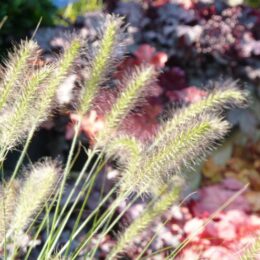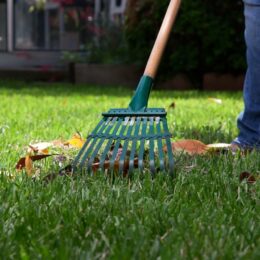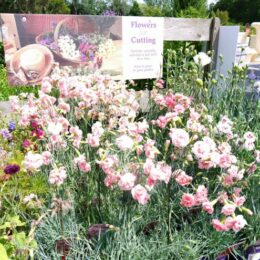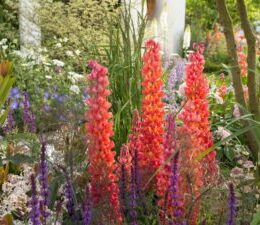By Cerys Williams – Perrywood Plant Expert
For many gardeners the best part of growing roses is their scent. Roses have one of the most complex, widely ranging perfumes of all flowers.
Unfortunately, decades of cross-breeding roses to create new varieties with more intense colours that last longer has resulted in the loss of the fragrance that distinguishes roses from other garden plants. Luckily this does not apply to all roses and there are still an enormous number of highly scented roses to choose from.
A group of roses that are highly recommended for their scent are those referred to as ‘English Roses’. These are the work of rose breeder David Austin and combine the charm and flower form of the old Shrub roses with the repeat-flowering quality, reliability and disease resistance of many modern varieties. They are also renowned for the strength and complexity of their fragrances. These include myrrh, musky, fruity, tea rose as well as the classic old rose scent.
Roses particularly recommended for their outstanding scent by David Austin include ‘Gertrude Jekyll’, ‘Golden Celebration’, ‘Jude the Obscure’, and ‘Wild Edric’.

David Austin’s ‘Golden Celebration’
At Perrywood we have a wide range of David Austin roses available to purchase in-store.
How to control rose diseases:
Roses are renowned for being prone to diseases, three of which are particularly prevalent; black spot, powdery mildew and rust.
Black sport:
Black spot is the most widespread and serious disease of roses. Symptoms begin in early summer when black spots, often edged with yellow begin to appear on rose foliage. These spread rapidly and cause leaves to yellow and drop prematurely. Badly affected roses can shed almost all their leaves and their vigour can be greatly reduced.
In order to control black spot, pick off any diseased leaves as soon as they appear and destroy them along with any fallen leaves. Chemical controls are available to help limit the damage caused by black spot, which will need to be applied regularly throughout the season to be effective.
Powdery mildew:
Rose powdery mildew can be recognised by white, powdery fungal growth on a rose’s leaves and shoots. There may also be discoloration of the infected parts of the foliage and heavily infected young leaves can be curled and distorted.
Mildew will thrive where soil is dry and the surrounding air is moist. Watering your plants regularly during dry spells and mulching the soil to prevent moisture loss should help to control the symptoms. As rose powdery mildew is found on the surface of the plant it is suitable to be treated with a chemical control if desired.
Rose rust:
Rose rust is another common fungal disease of roses that usually appears from late spring and will persist until the leaves fall. The fungus produces clusters of dusty orange spores on the underside of leaves and yellow spots on the upper surface. Leaves may drop early and vigour can also be reduced.
Non-chemical controls include pruning out any early spring infections to prevent the spread of the spores. Mulching and removal of fallen leaves should also prevent reinfection. If the infection is particularly severe chemical controls are available.
There are a number of chemical sprays available to combat all of the above, for example:
Scotts Rose Clear Ultra and Bayer Systhane Fungus Fighter.








